| |
|
|
Botanical Name |
: |
Hypericum perforatum L. |
English
Name |
: |
St. John's Wort |
Family |
: |
Clusiaceae |
| |
General Info
| Description |
 |
|
It is an erect perennial herb that grows up to 32 inches tall. Commonly found in dry, gravelly soils, fields and sunny places in many parts of the world, including eastern North America and the Pacific coast. A woody branched root produces many round stems which put out runners from the base. The opposite, oblong to linear leaves are covered with transparent oil glands that look like holes. Flat topped cymes of yellow flowers, petals are dotted with black along the margins. The fruit is a three celled capsule containing small, dark brown seeds. The whole plant has turpentine-like odor. |
| Herb Effects |
 |
|
Sedative, antiinflammatory, antibacterial (against gram-positive types), antiviral, antioxidant, vasodilating, antidepressant, diuretic and cardiotonic, stimulates the immune system, inhibits tumors; inhibits the breakdown of CNS neurotransmitters. |
Chemistry
| Active Ingredients |
 |
|
Ascorbic acid, caryophyllene, choline, epicatechin, hyperforin, hyperin, hyperoside, isoquercitrin, limonene, lutein, mannitol, myrcene, palmitic acid, pinene, pyrogallol, quercetin, quercitrin, rutin. |
| Chemistry
of Active Ingredients |
 |
|
|
 |
Name |
CAS# |
IUPAC Name |
Formula |
Structure |
 |
|
| Ascorbic acid |
Not Available |
2-(1,2-dihydroxyethy
l)-4,5-dihydroxy-fur
an-3-one |
C6H8O6 |

|
| Caryophyllene |
87-44-5 |
4,11,11-trimethyl-8-
methylidene-bicyclo[
7.2.0]undec-4-ene |
C15H24 |

|
| Choline |
67-48-1 |
2-hydroxyethyl-trime
thyl-ammonium |
C5H14NO+ |
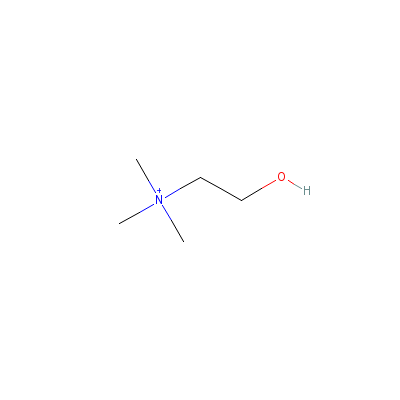
|
| Epicatechin |
490-46-0 |
2-(3,4-dihydroxyphen
yl)chroman-3,5,7-tri
ol |
C15H14O6 |
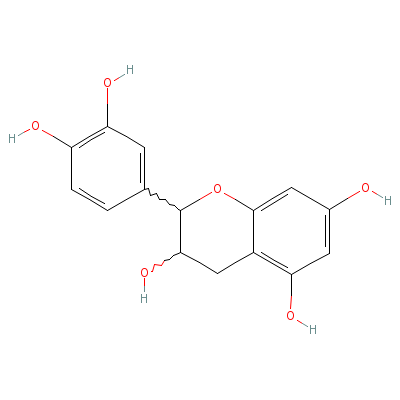
|
| Hyperforin |
Not Available |
4-hydroxy-8-methyl-3
,5,7-tris(3-methylbu
t-2-enyl)-8-(4-methy
lpent-3-en
yl)-1-(2
-methylpropanoyl)bic
yclo[3.3.1]non-3-ene
-2,9-dione |
C35H52O4 |
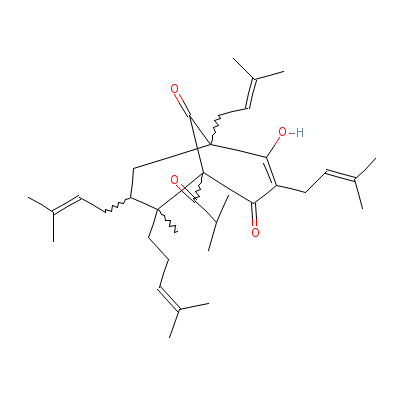
|
| Hyperin |
482-36-0 |
2-(3,4-dihydroxyphen
yl)-4,5-dihydroxy-3-
[3,4,5-trihydroxy-6-
(hydroxyme
thyl)oxa
n-2-yl]oxy-chromen-7
-one |
C21H20O12 |
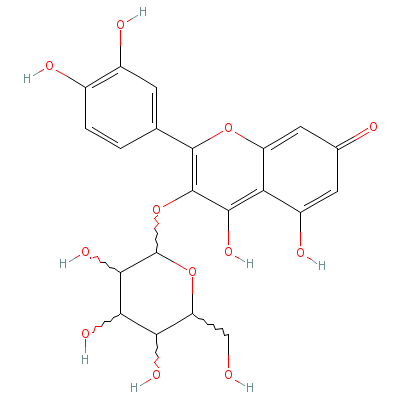
|
| Hyperoside |
482-36-0 |
2-(3,4-dihydroxyphen
yl)-4,5-dihydroxy-3-
[3,4,5-trihydroxy-6-
(hydroxyme
thyl)oxa
n-2-yl]oxy-chromen-7
-one |
C21H20O12 |
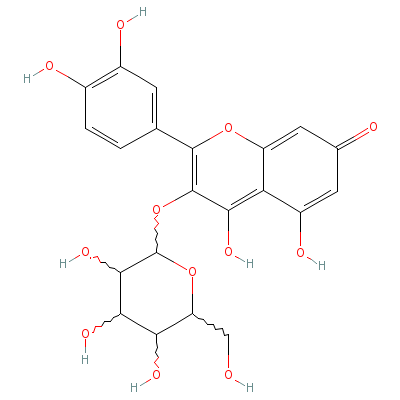
|
| Isoquercitrin |
21637-25-2 |
3-[5-(1,2-dihydroxye
thyl)-3,4-dihydroxy-
oxolan-2-yl]oxy-2-(3
,4-dihydro
xyphenyl
)-4,5-dihydroxy-chro
men-7-one |
C21H20O12 |

|
| Limonene |
9003-73-0 |
1-methyl-4-prop-1-en
-2-yl-cyclohexene |
C10H16 |
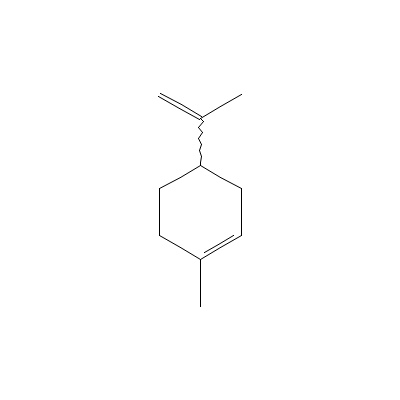
|
| Lutein |
34445-91-5 |
4-[18-(4-hydroxy-2,6
,6-trimethyl-1-cyclo
hexenyl)-3,7,12,16-t
etramethyl
-octadec
a-1,3,5,7,9,11,13,15
,17-nonaenyl]-3,5,5-
trimethyl-cyclohex-2
-e
n-1-ol |
C40H56O2 |
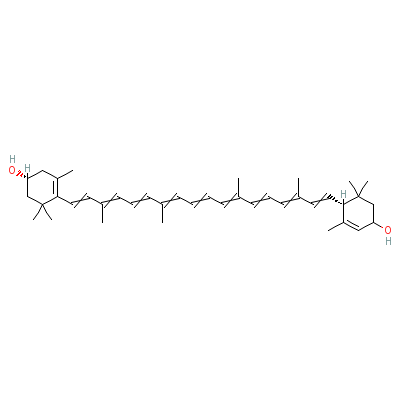
|
| Mannitol |
85085-15-0 |
hexane-1,2,3,4,5,6-h
exaol |
C6H14O6 |
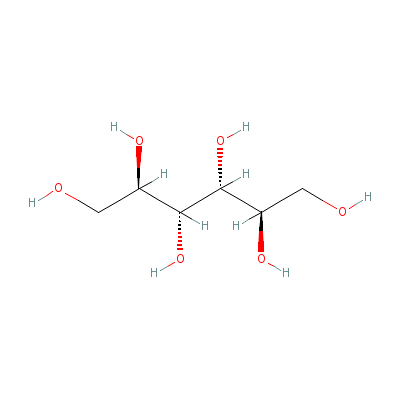
|
| Myrcene |
2153-31-3 |
7-methyl-3-methylide
ne-octa-1,6-diene |
C10H16 |
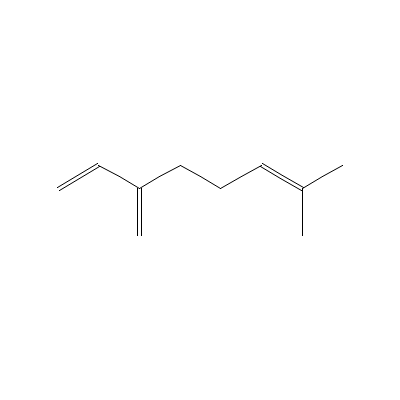
|
| Palmitic acid |
66321-94-6 |
hexadecanoic acid |
C16H32O2 |
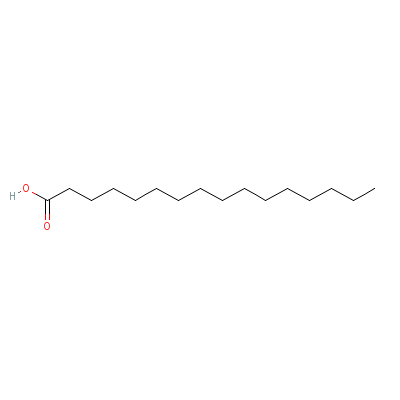
|
| Pyrogallol |
Not Available |
benzene-1,2,3-triol |
C6H6O3 |
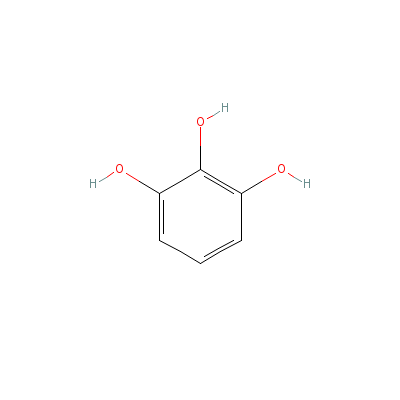
|
| Quercetin |
Not Available |
2-(3,4-dihydroxyphen
yl)-3,4,5-trihydroxy
-chromen-7-one |
C15H10O7 |
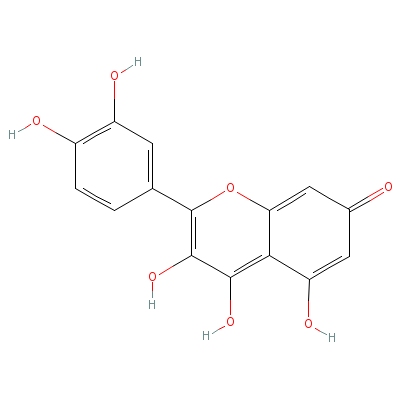
|
| Quercitrin |
6151-25-3 |
2-(3,4-dihydroxyphen
yl)-4,5-dihydroxy-3-
(3,4,5-trihydroxy-6-
methyl-oxa
n-2-yl)o
xy-chromen-7-one |
C21H20O11 |
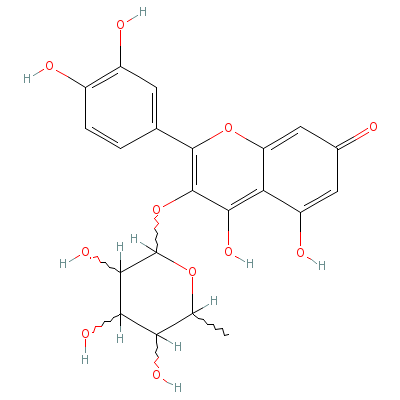
|
| Rutin |
Not Available |
2-(3,4-dihydroxyphen
yl)-4,5-dihydroxy-3-
[3,4,5-trihydroxy-6-
[(3,4,5-tr
ihydroxy
-6-methyl-tetrahydro
pyran-2-yl)oxymethyl
]tetrahydropyran-2-y
l]
oxy-chromen-7-on
e trihydrate |
C27H36O19 |
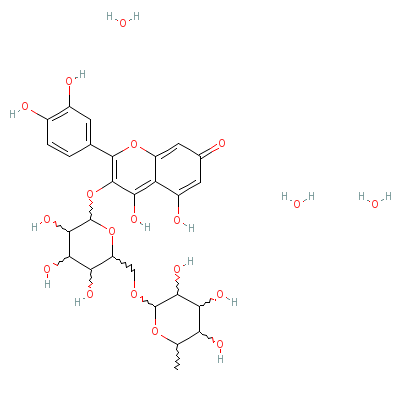
|
|
Pharmacology
| Medicinal Use |
 |
|
As an antidepressant, in mania, apathy, hypersomnia, and insomnia, anorexia, psychomotor retardation, depression feelings of worthlessness, anxiety disorders and aids in healing wounds and ulcers (for nervous disorders. the drug may take as long as a month before any effects are noticed). It is also used for menopausal changes triggering irritability and anxiety. In addition to neuralgic pain, it will ease fibrositis, sciatica and rheumatic pain. Externally it is a healing and anti-inflammatory remedy. As a lotion it will speed the healing of wounds and bruises, varicose veins and mild burns. The oil is especially useful for the healing of sunburn. It has the calming properties, useful in treating bedwetting, insomnia, and other nervous conditions, as well as some form of melancholy. An oil extract of the herb can be taken for stomach ache, colic, intestinal problems, and as an expectorant for the congestion in the lungs. A tea made from the flowers is good for anemia, headache, insomnia, jaundice, chest congestion, and catarrh. A tea made from the herb has been used for uterine cramping and menstrual difficulties. The oil extract also make a good external application for burns, wounds, sores, bruises, and other skin problems. |
| Contraindication |
 |
|
Photosensitization may occur while taking this herb; pregnant or lactating women and people taking prescribed antidepressant medications should consult a physician before using this herb. |
| Reference |
 |
|
 Grieve. M. A Modern Herbal. 1931 (www.botanical.com). Grieve. M. A Modern Herbal. 1931 (www.botanical.com).
Secrets of St. John's Wort (Katzenstein).Bork PM. Bacher S. Schmitz ML. Kaspers U. Heinrich M. Hypericin as a non-antioxidant inhibitor of NF-kappa B. Planta Med1999 May;65(4):297-300. |
Dealers
Products
|
|